"The beginning of making America rich again" is how US President Donald Trump described his decision to impose a 25% tariff on all steel and aluminum imported into the world's largest economy.
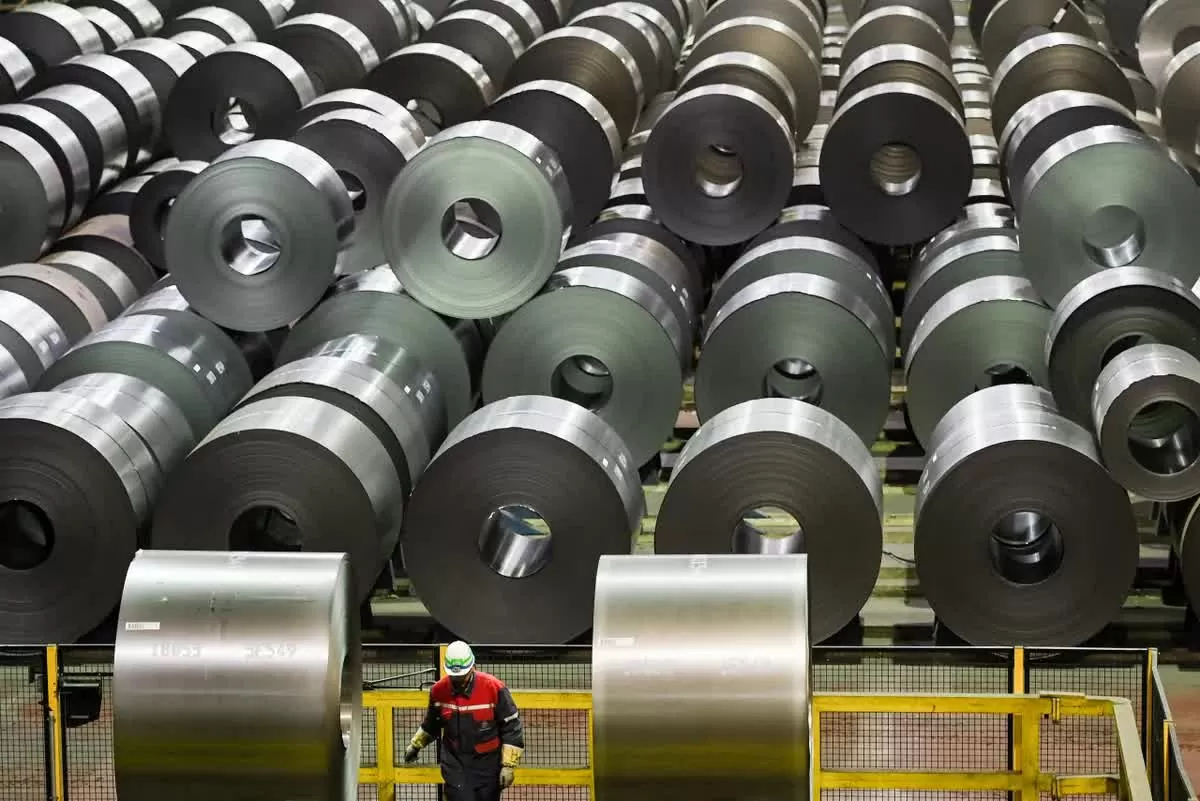 |
| US President Donald Trump has signed an executive order imposing a 25% general tax on all steel and aluminum imported into the US. (Source: THX) |
On February 10, Mr. Trump signed an executive order imposing a general 25% tax on all steel and aluminum imported into the United States. The tax will officially take effect from March 4.
The new executive orders build on the 25% tariffs on steel and 10% tariffs on aluminum that Mr. Trump imposed in 2018 during his first term by raising tariffs, closing loopholes and eliminating exemptions.
Consumers "suffer"
The measures are the latest in a series of tariff threats the president has made since returning to office.
Many economists, however, disagree that Mr Trump's tariffs mark the beginning of a new "golden age" for the US and reject his assertion that foreign exporters - rather than ordinary Americans - will bear the burden of the tariffs.
"Tariffs mean big losses for all parties involved," said Abigail Hall Blanco, associate professor of economics at the University of Tampa in Florida.
Experts believe that the new taxes are intended to support domestic steel and aluminum producers, and some US industries that rely heavily on metals, such as automobiles and construction, will face increased production costs.
Those costs would almost certainly be passed on to consumers, reigniting inflation.
Low-income Americans will suffer the most from all these tariffs, found Professor Meredith Crowley at the University of Cambridge in the UK.
The steel and aluminum industries in the world’s largest economy currently face a number of structural challenges, with companies struggling to compete with foreign rivals, including high production costs, outdated infrastructure and limited capacity.
While the US is not heavily dependent on China for supplies, the Asian nation’s dominance in both industries has created excess capacity. The world’s second-largest economy produces more than 50% of the world’s steel and 60% of its aluminum, often at subsidized prices. As a result, many US companies have chosen to buy steel and aluminum from China rather than import them at home.
“We often import steel from places like China to the West Coast of the United States,” said Abigail Hall Blanco. “Why? Because it’s cheaper than getting steel from the East Coast and shipping it to the West Coast.”
History repeats itself
During his first term, Trump’s tariffs on steel, aluminum, and China helped boost domestic metal production, but a study by the Federal Reserve estimated that manufacturing employment fell by 1.4%.
The same study also found that job losses were most severe among manufacturers that were more affected by tariff increases as they faced rising input costs and retaliatory tariffs.
Oxford Economics estimated in 2021 that the trade war during the White House boss's first term reduced US gross domestic product (GDP) by 5% and cut real income by $675 per household.
Similar steel tariffs imposed by the world's largest economy in 2001 also reduced demand from domestic and foreign manufacturers, leading to tens of thousands of layoffs.
Domestic manufacturers had to cut jobs because they couldn’t produce enough cars due to a shortage of imported steel, Mr. Crowley said, which was one of the reasons that prompted then-President George W. Bush to scrap the steel tariffs.
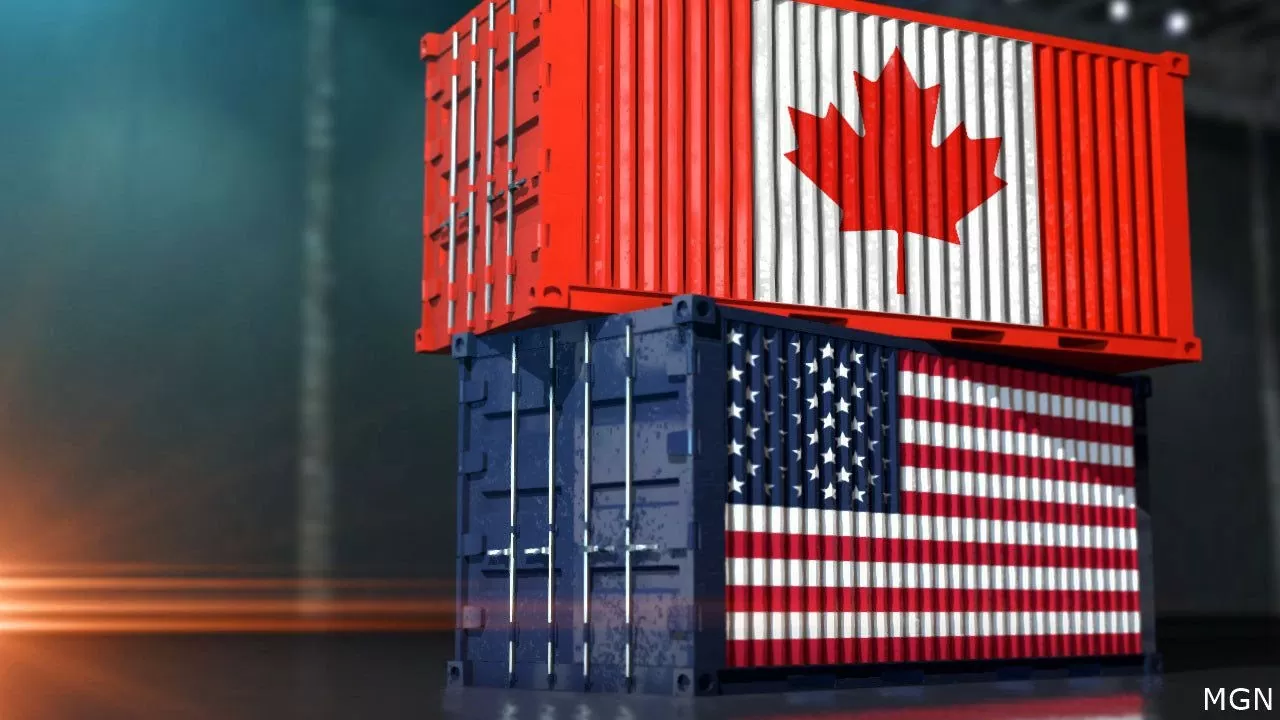 |
| Canada is also the largest exporter of aluminum to the US. (Source: MGN) |
Canada suffered the worst results
Canadian Prime Minister Justin Trudeau - the country most affected by the steel and aluminum tariffs - called the tariffs "completely unreasonable" and said Ottawa would strongly and firmly oppose them.
According to the American Iron and Steel Institute, Canada will be the largest exporter of steel to the world's largest economy in 2024, with about 6.6 million tons, followed by Brazil, Mexico and South Korea.
Ottawa is also the largest exporter of aluminum to Washington.
At 3.2 million tonnes by 2024, Canada's imports will be double that of the next nine countries combined.
According to consultancy Roland Berger, about 25% of European steel exports are shipped to the US, including from Germany, the Netherlands, Romania, Italy and Spain. Therefore, the European Union (EU) also announced that it would protect its economic interests against Mr. Trump's tariff "attack".
European Commission President Ursula von der Leyen has warned that unjustified tariffs on the EU will not be settled but will lead to tough and proportionate countermeasures.
Are there any exemptions?
In addition to preparing retaliatory measures, several countries – including Australia – have called on Mr Trump to grant exemptions to their metal exports. President Trump said he would “carefully consider” Australia’s request for an exemption,
Meanwhile, The Times newspaper quoted officials as saying that the British government hoped to negotiate a tariff exemption. The country does not expect to retaliate against Mr Trump's move, although the measures have been put in place.
Meanwhile, Indian Prime Minister Narendra Modi has cut tariffs on dozens of imported goods and is said to be preparing further cuts, in a bid to appease Washington.
Meanwhile, Ukraine hopes it can also avoid tariffs, perhaps in a deal on rare earth elements — essential to US tech companies. Ukrainian metals accounted for nearly 58% of its exports to the world’s largest economy last year.
Looking back, in 2018, there were deals made between the US and Argentina, Brazil and Australia, so there is reason to believe that there is still room for negotiation and that the White House boss will have exemptions for some countries.
Source: https://baoquocte.vn/the-truth-of-the-general-of-the-my-government-is-not-a-truth-304110.html






























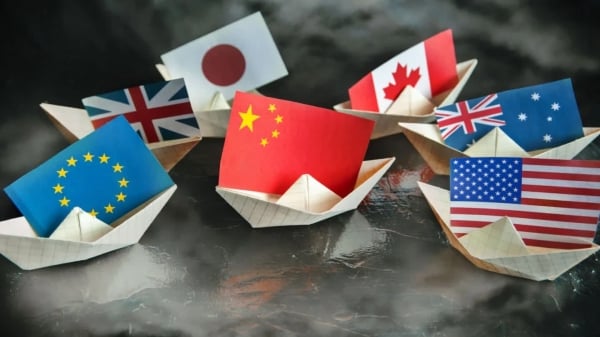
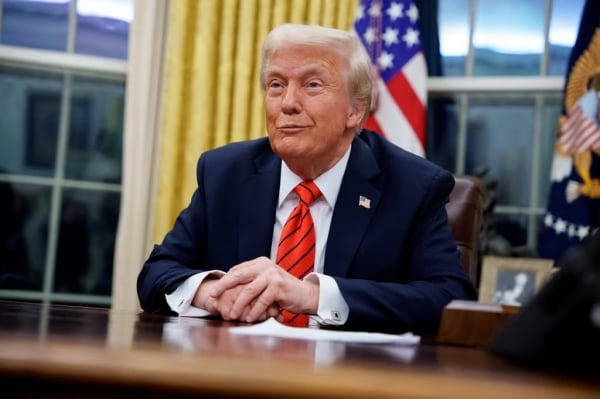
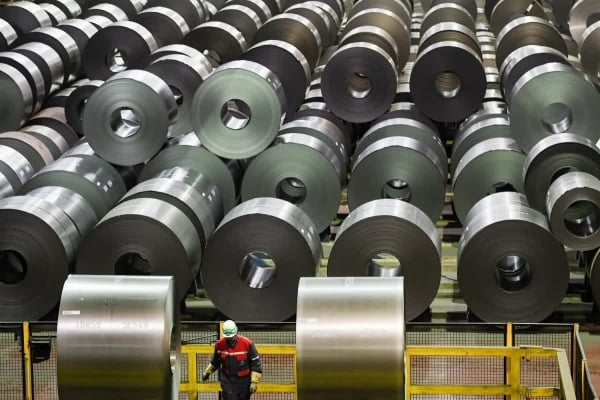
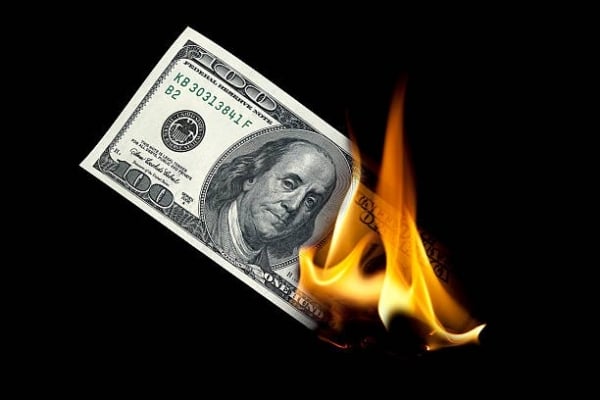

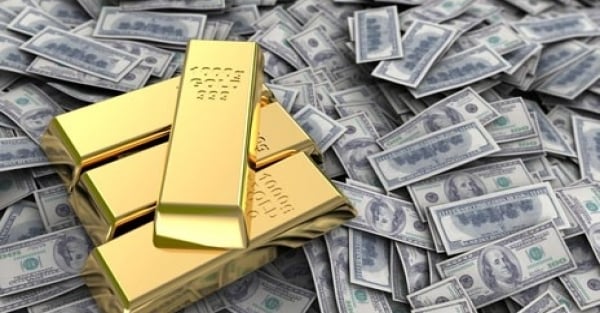



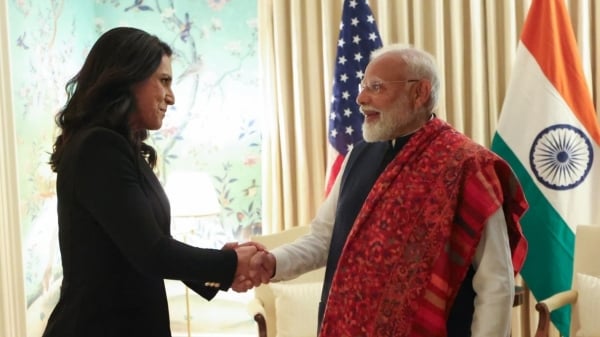
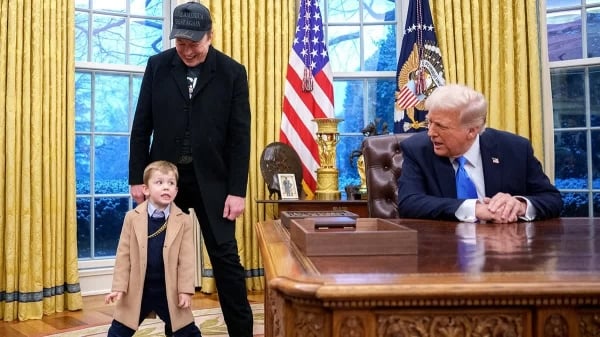
















Comment (0)